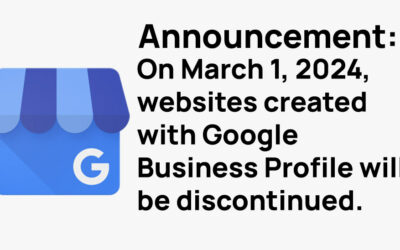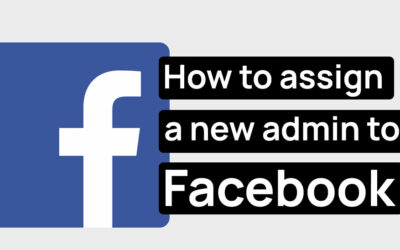Table of Contents
Understanding the Essence of USP
A Unique Selling Proposition or USP is, quite simply, the reason your customers choose you over competitors. It’s that one thing you offer that no one else does—or at least not in the way you do. Think of it as your business’s fingerprint, unique and distinguishable.
In a country as vast and diverse as the US, businesses pop up every day, each promising something new, something exciting. Amidst this cacophony, it’s easy for your voice to get drowned. That’s where your USP steps in. It’s not just about offering a different product or a slightly lower price. It’s about offering a distinct value or an emotional connection that resonates with your target audience.
Decoding the World of Customer Personas
While USP is about looking inward at what makes your business unique, customer personas are about looking outward and understanding who you’re trying to reach. Imagine being able to read the minds of your customers, knowing their likes, dislikes, pain points, and aspirations. Customer personas are the next best thing.
In essence, a customer persona is a detailed, semi-fictional representation of your ideal customer. It’s based on research and data about your existing customers, as well as insights into the wider market. When created meticulously, personas act like a mirror, reflecting the very soul of your target audience.
Why Small Businesses Need Both
For small businesses, particularly those in their nascent stages, resources are often limited. Every marketing dollar needs to work twice as hard. Without a clear USP, your marketing messages may meander aimlessly, never really hitting home. A USP provides direction, ensuring that your brand messaging is cohesive, focused, and impactful.
Similarly, without a deep understanding of who your audience is, your marketing efforts might scatter, never really striking a chord. Customer personas guide the tone, content, and medium of your marketing, ensuring that your messages resonate and lead to conversions.
Crafting Your USP
Begin by introspecting: What made you start this business? Often, the origin story has the seed of your USP. Was it a personal frustration with available options? Was it an innovative idea?
Next, look outward. What are your competitors offering? What gaps exist in the market that you can fill? Sometimes, the USP isn’t about being entirely unique, but about doing something better, faster, or with a personal touch.
Last, seek feedback. Talk to your customers, employees, and stakeholders. Sometimes, they see a value in your business that you may have overlooked. Once you’ve gathered all this intel, refine it down to a concise statement. This becomes your USP.
Building Customer Personas
Start with the basics. Demographics can offer a wealth of insights. Age, gender, location, income level – these factors can dramatically influence buying behaviors.
Dig deeper. What are their hobbies? What social media platforms do they frequent? What challenges do they face that your product or service can address?
Dive into the emotional realm. Understanding the emotional triggers—fears, aspirations, desires—can elevate your marketing from transactional to transformational.
Collect this data through surveys, interviews, and feedback forms. Use analytics tools, delve into social media insights, and pay attention to reviews and testimonials. Once you’ve gathered enough, start crafting detailed personas.
Implementing Your Discoveries
With your USP and personas in hand, infuse them into every aspect of your marketing.
Your USP should be prominently featured in your branding materials—your logo, tagline, website, and advertisements. It’s the core message you want to consistently convey.
Customer personas, on the other hand, guide how you convey that message. For instance, if one of your personas is a busy mom, you’d tailor your messaging to address her specific challenges and needs, perhaps choosing platforms she frequents.
In Conclusion
In the vast, ever-evolving American market, understanding your USP and customer personas isn’t just beneficial—it’s crucial. These tools allow small businesses to carve out their niche, ensuring their voice is heard, their brand is seen, and their business thrives. So, dive deep, discover, and let these insights guide your way to success.




